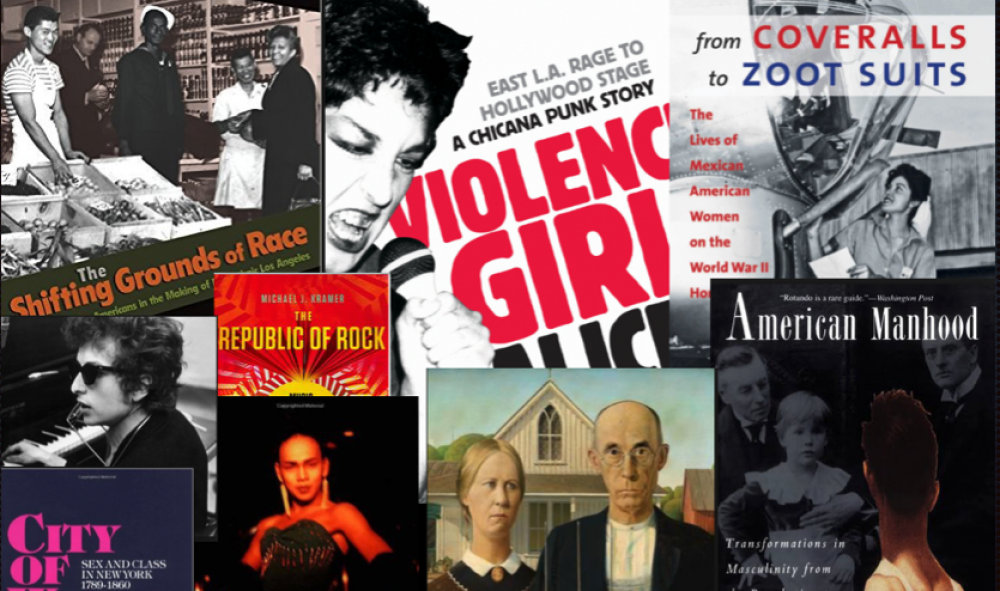Question 1: Pachucas and female Zoot Suiters were most known for their outright rebellion toward societal constructs. How does the sexualization and juvenile delinquency of Pachuca’s affect the attitudes that are directed toward the women and adolescents who associate themselves with this subculture? Does the wartime effort affect the way these women are portrayed in society? (Escobedo 133-144).
In “The Pachuca Panic: Sexual and Cultural Battlegrounds in World War II Los Angeles” by author Elizabeth Escobedo, she asserts the various social stigmas and behaviors against women Zoot Suiters also known as Pachuca’s. A Pachuca is the female counterpart, often idealized as a beautiful Chicana woman in extravagant evening dress or a female version of the Zoot Suit, out with a Zoot Suit boyfriend for a night on the town (Escobedo 134). This was a major point of contention during the war years because Zoot Suits and individuals who supported them such as the Pachuca’s were seen as unpatriotic because their outfits used a lot of fabric during a time when a rationing of supplies was in effect (Escobedo 136). However, the wartime Pachuca embodied an essential symbolic essence on which debates about the changing social landscape of the war years occurred.
Ecscobedo stated that by, “Using style and behavior as a way to challenge ideas of respectability and to assert a distinctive identity, Pachucas defied mainstream notions of proper feminine decorum and endangered rigid, static definitions of Mexican femininity.” (134). I believe that this rebellion against social conventions caused a lot of anger in mainstream American society for those involved in this unique subculture.
This conflict even caused riots named “The Zoot Suit Riots” which were a series of conflicts in June 1943 in Los Angeles, CA between American servicemen stationed in Southern California against Mexican American youths and other minorities who were residents of the city. American servicemen and civilians attacked and stripped youths who wore Zoot Suits because they considered the outfits to be unpatriotic during wartime (Escobedo 140). I believe these women were sexualized and portrayed as deviant during the wartime years because of the sentiment against them because of their minority status/unpatriotic wearing of Zoot Suits. Many of the men of the time thought these women as objects and wanted to “claim” one because of their highly sexualized view from society.
Source: Escobedo, Elizabeth. “The Pachuca Panic: Sexual and Cultural Battlegrounds in World War II Los Angeles”. Western Historical Quarterly, Vol. 38, No. 2 (Summer, 2007), pp. 133-156.
Picture 1: https://www.pinterest.com/pin/541276448949765843/
Picture 2: http://www.museumofthecity.org/project/la-pachuca-mexican-subculture-in-1940s-los-angeles/




